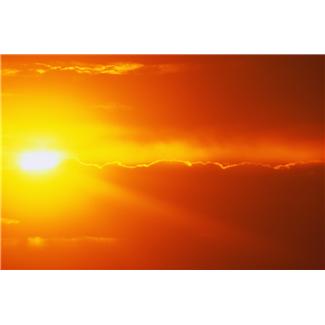How To Choose The Best Skylight For Your Needs

The cost of utilities is skyrocketing. People are increasingly looking for ways to reduce their bills. In their endeavour to do so, they often look at what can be done structurally to their home. Often, this means exploiting natural light as opposed to artificial light, the latter of which is becoming very pricey.
The installation of skylights has become the solution for many, especially in terms of energy savings. Once considered a luxury, skylights are now becoming a necessity in reducing reliance on artificial sources of energy.

They are one way in which sunlight can be used to not only light up a home but also heat it. There are a variety of different types of skylights that one can incorporate into a house.
A tubular skylight is normally selected when there is insufficient roof access to install a conventional skylight, or when a room lacks the space to mount a wall window. A tubular skylight can be fitted on all types of roofs, irrespective of their slope.
It directs light into a building through a reflective shaft and uses optics to spread natural light throughout the targeted area.
Traditional skylights can sometimes cause unwanted heat loss or gain, whereas tubular skylights do not, thus lowering power consumption and, ultimately, energy costs.
In addition to optimising the use of natural sunlight, a ventilating skylight also improves air circulation. Poor air quality is an issue in a lot of homes and the installation of a venting skylight aids in the recycling of air in a building. This, of course, has many health benefits too, in that stagnant air which is normally full of germs is purged through the flow of fresh air.
Venting skylights can be operated manually through the use of a crank or by way of an electric motor.
A fixed skylight is usually used when the only requirement is to maximise lighting, this is because it cannot be opened. An advantage of fixed skylights is that they are considered to be virtually leak-proof.
Skylights traditionally have a flat surface. A dome skylight is most easily identifiable due to its oval shape. They are usually considered to be visually more attractive than other types of skylights. They come with many advantages, some of which include their affordability, and the fact that they are somewhat easier to change than flat skylights, as well as the ease with which water is able to flow off their surface due to their shape.
Six factors to consider when selecting a skylight:
License: Royalty Free or iStock
source: http://office.microsoft.com/en-za/images/results.aspx?qu=sunlight&ex=1#ai:MP900401084|
A lover of sun, sea and natural light, Eleni Hoplaros knows the importance of bringing the outside indoors.
